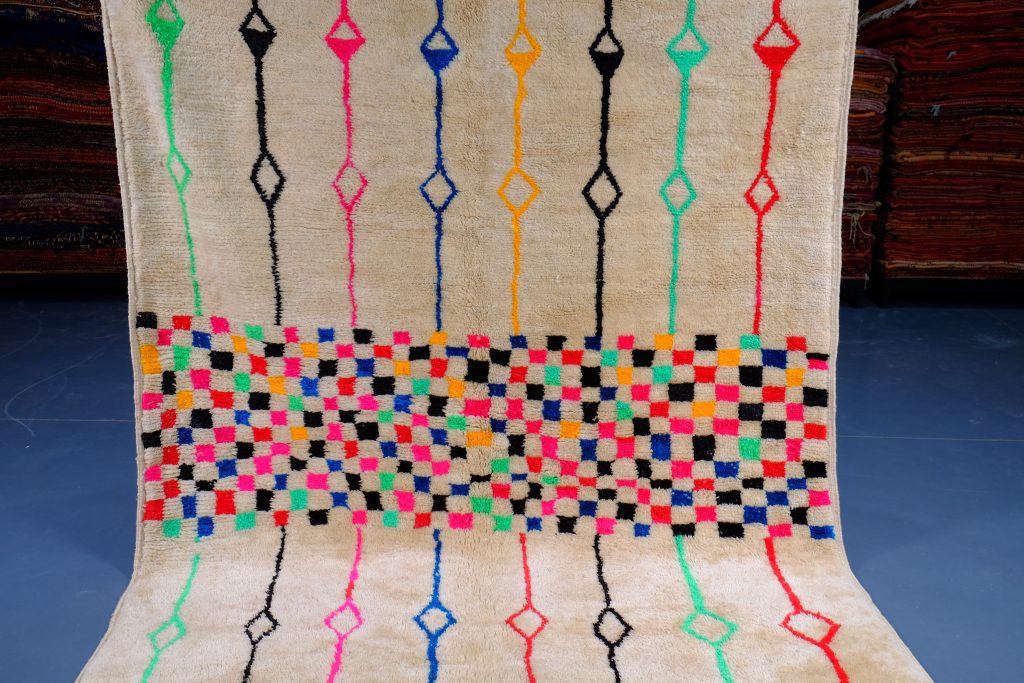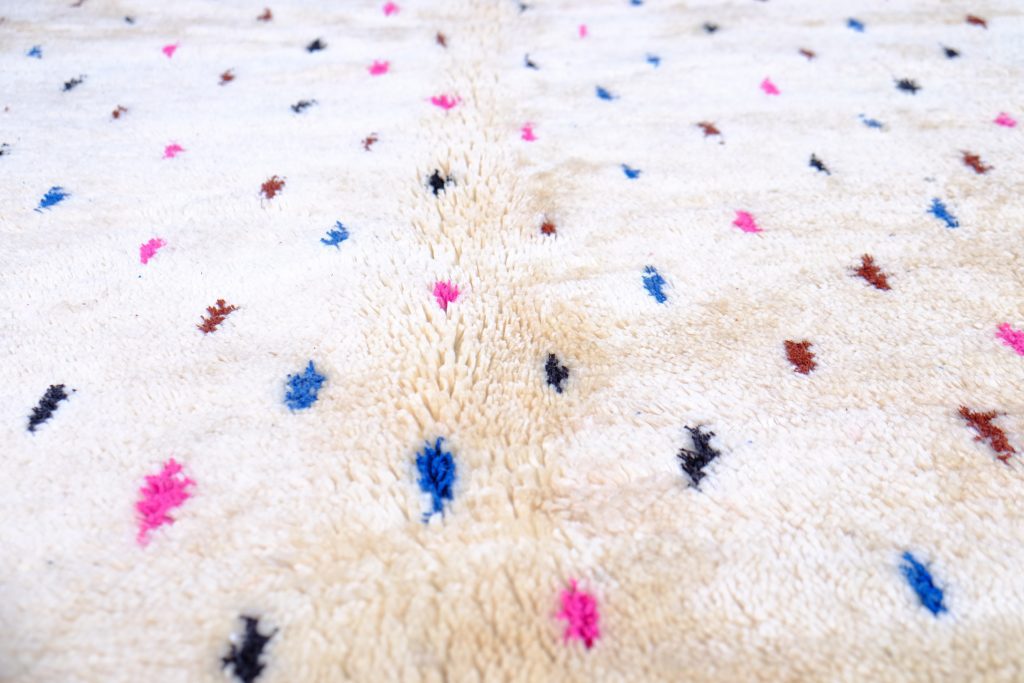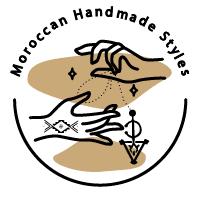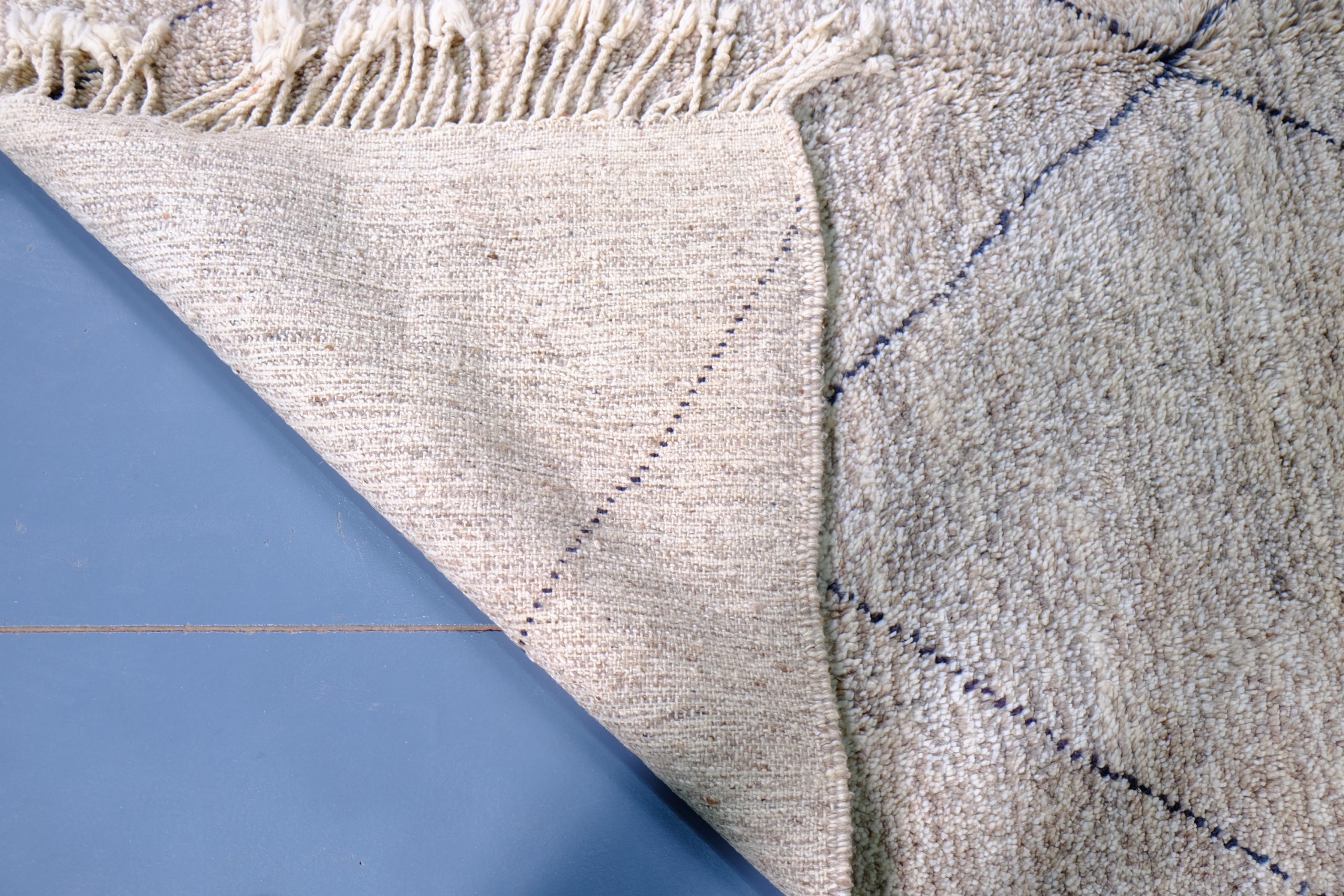Moroccan rugs, sometimes called “the weaving of the sun”, are the textiles, carpets, and weaves that are traditionally hand-knotted in Morocco. Rugs were woven long ago by the native peoples of Morocco as early as the Paleolithic Age. Traditional Moroccan rugs were woven with natural fibers such as wool, goat or camel hair, and other natural fibers that were used by the natives. Today, Moroccan rug weaving is mostly hand-knotted using synthetic fibers. Most modern rugs and carpets come from a cotton blend, although there are some hand knotted rugs made of nylon.

Traditional Moroccan rugs were mostly hand-dyed. This process was carried out with the use of natural dyes such as ocher, which is made from the resin sap of the oak tree. After hand-dyed, the rugs were then dyed red. The process usually required a lot of hard work to achieve good results. After the initial rinsing process, most rugs were then hand-stitched, which involves sewing the edges of the rug to the threads and sewing the pieces together using thread or by hand. Traditionally, many tribes of the Sahara Desert did not have access to looms, so they would often stitch their rugs by hand and they still made fine rugs. The hand-stitched rugs were usually very durable and they were used by royalty and other upper class members.

Today, Moroccan carpet weaving is mostly done with synthetic fibers. Most of these fibers are polyester, because they are easier to handle and sew with. However, many handmade Moroccan rugs made today are still woven using natural fibers such as cotton, silk, and camel hair. Some manufacturers of Moroccan furniture such as couches and chairs also use traditional Moroccan rugs to finish the interior of their furniture. The interior of these furniture items is usually very elaborate and expensive. Moroccan furniture can be considered one of the most expensive types of furniture that you will find anywhere in the world.

